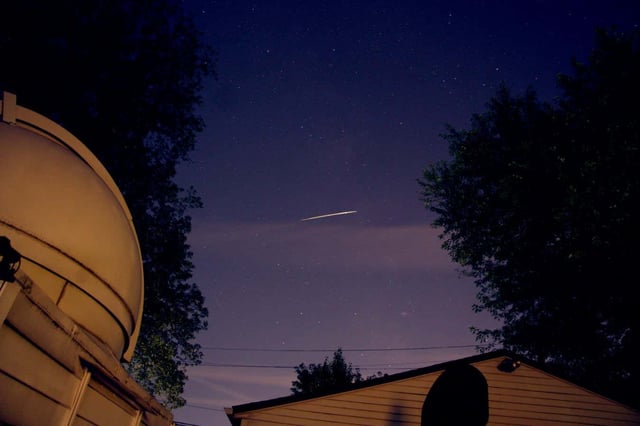Overview
- With two days remaining, both the Southern Delta Aquariids and Alpha Capricornids are building toward their joint maximum on the night of July 29–30.
- The thin waxing crescent moon will minimize light interference, offering ideal dark-sky conditions for skywatchers in both hemispheres.
- Southern Delta Aquariids, tracing debris from Comet 96P/Machholz, travel at 40 km/s and typically yield seven to eight meteors per hour.
- Alpha Capricornids move at about 22 km/s and, though producing up to five meteors per hour, are prized for their bright fireballs near the alpha Capricornii radiant.
- Meanwhile, the Perseids have begun ramping up for their August 12–13 peak, but increasing moonlight may limit their visibility.

